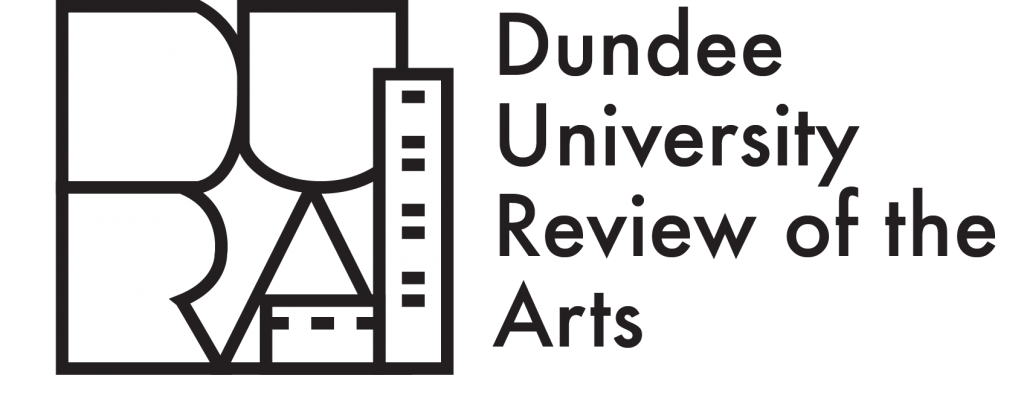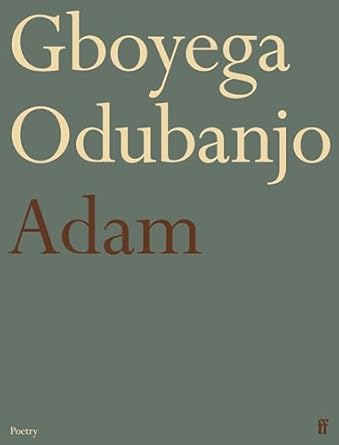Adam
Gboyega Odubanjo
(Faber, London 2024), pbk: £10.59
Gboyega Odubanjo’s posthumously published debut collection, Adam, is ‘inspired’ by the grim discovery in 2001 of a child’s headless and limbless torso in the Thames near to Shakespeare’s Globe and London Bridge—the city’s literary and corporate heartland. Child victim was genetically proven to be of Nigerian origin, of a similar age and background to Odubanjo, and whose ritualistic murder (‘[…] african boy’s stomach included extracts/of calabar bean and flecks of gold […]’, ‘Breaking’) was reported as having taken place in the city’s East End—also the poet’s place of birth and residence.
it’s us eyebrow slitted in the archives standing on the corner of here and there
living dead as we could ever […]
night beneath the night.
the life beneath the living […]
(‘The Garden’)
The poet takes the reader on a sort of orphic journey, a katabasis for the murdered child through this ‘night beneath the night. /the life beneath the living’ in which empathetic forms of being, thinking, and loving are created, examined and sometimes repudiated—like the Met’s name-choice for the murdered child, Adam:
adam at the very centre—neither of paradise nor of earth—neither dead
nor living […]
(‘The Lyric Adam’)
Other poems emerge as an alternative paradise. A world that is more welcoming, inclusive:
[...] emerging from the Thames—after Adam—comes every beast
of the field and every bird of the air [...]
(‘The Boy Who Became a River’)
Odubanjo’s voice resonates strongly with the people of his community — their Yoruba heritage sounding in the everyday words and phrases of his poetry. Often these poetical dialogues are daubed with sardonic humour, as in ‘Prologue’:
[…] The sun shines and we gather because the river allows it. Na from clap dem dey enter dance. We enter with, and as, Adam.
And with uproarious musicality in ‘Arrangements’:
it goes like this
one two three everybody blow your trumpets
(nanananananana) that’s it [...]
The mythemic use of water possesses a unifying power, the power to connect rivers with oceans, connect London with Benin, connect people from different cultures and territories to each other. Water that is endued not only with the means of transportation but also with assimilation:
[...] and are they not the same
waters if i keep going will i not eventually
find you on a bank waiting your toes smoothing the ripples [...]
(‘You: The Many Adams of Adam’)
Echoed, too, in ‘The Boy Who Became a River’:
[...] the river
who had forgotten what it was like to be looked at stepped towards the boy.
the boy the river.
their body passing through the city [...]
Except for one or two inscriptions, the poems are all in lower case. Could it be that this implied state of grammatical incompleteness suggests the dismembered child is incomplete, in addition to mirroring the tidal ebb and flow of the Thames (Kate Kelloway, The Guardian 2024)? Odubanjo’s imagery of calm and nurturing water is the antithesis of the ‘wild abyss’ of Milton’s Paradise Lost.
The use of spaces in many of the poems are themselves like tiny abysses or crevasses into which thoughts are hidden or lost … not unlike the caesural breaks in Edwin Morgan’s early poems, which, for good reason, conceal details of the poet’s sexuality. Spaces are an integral part of Odubanjo’s aesthetic in Adam with their visual presence bringing a fresh intensity to the page that are mindful of those quirky smashed glass opacities created by German artist, Simon Berger. Artworks that exhibit ‘strength and fragility’ in equal measure.
Adam is a profoundly affective collection of dramatic and lyrical poetry that will smash both your heart and head.
and on the second day nothing.
and on the third day nothing. and
on the fourth the fifth the sixth
seventh nothing because adam
already was.
(‘Genesis’)
William Hume


Leave a Reply